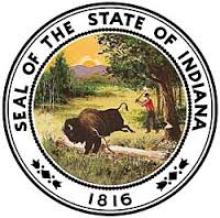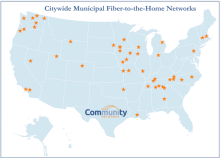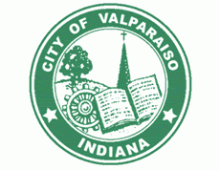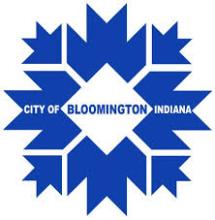Co-ops And Counties Improving Indiana Connectivity
Like other states with significant rural populations, local communities in Indiana have been working to come up with ways to improve connectivity for residents and businesses. Two more areas in Indiana can expect better connectivity as county government invests for economic development and a rural electric co-op decides its time to offer Internet access to members.
Jackson County Rural Electric Membership Corporation
In the south central section of the state, Jackson County Rural Electric Membership Corporation (REMC) serves members in ten counties. Their members don’t live in areas in and around the larger towns in the region because most of those premises already had electric service when REMC obtained a federal loan to electrify the area in 1937. Their service area covers about 1,400 square miles and they serve 24,200 members.
In June, the cooperative announced that it had approved a five-year plan to provide Fiber-to-the-Home (FTTH) connectivity to every member in its service area. In their press release, REMC compared the project to rural electrification, which launched the cooperative, and wrote:
Several factors were taken into consideration: enhancing the quality of life for members, agricultural and agribusiness needs, providing an enhanced path for education and healthcare opportunities, keeping our communities economically viable, and developing a plan where no REMC member is eft out. All of these facts fall under Cooperative Principle #7: Concern for Community.
A Big Project
REMC will invest approximately $5.43 million for the project’s first phase; the entire project will cost $20 million in Jackson County alone. The investment for REMC’s entire service area will be $60 million. Co-op officials estimate the project will be cash positive in three years and will be completely paid for in 16 years.
In June, Jackson County Council unanimously approved a tax abatement for the cost of phase 1, which establishes the backbone for the system and snakes through most of the counties in REMC’s service area. Phase 1 will also include an opportunity to test the network by connecting approximately 990 members in order to work out problems before offering services to members across the entire network.









